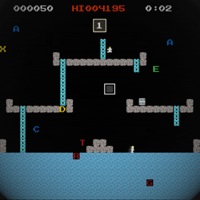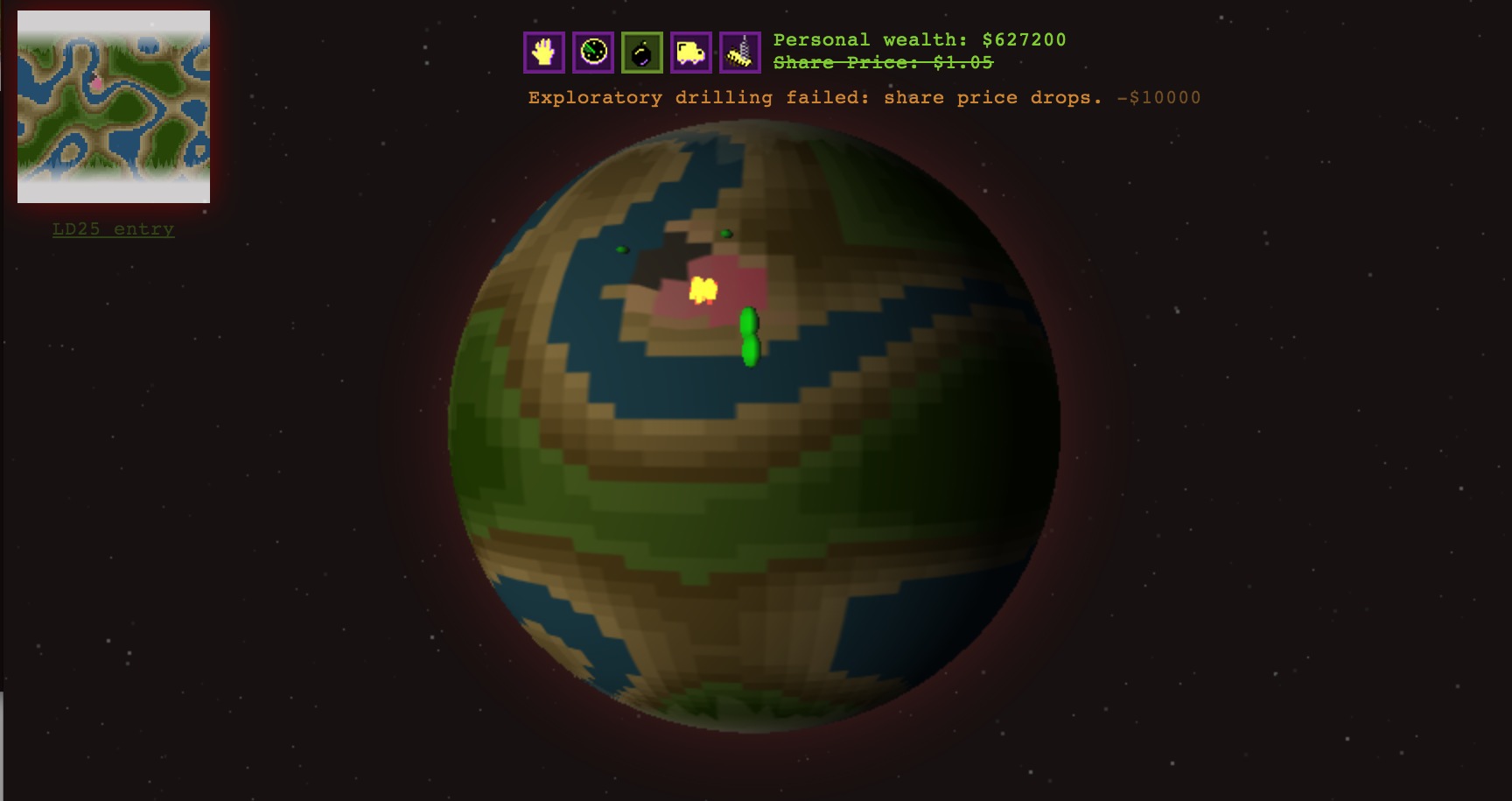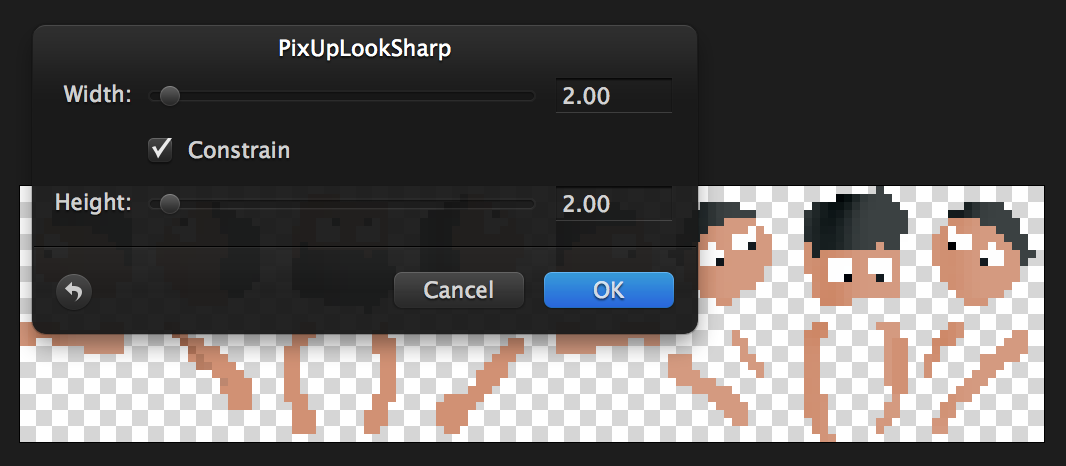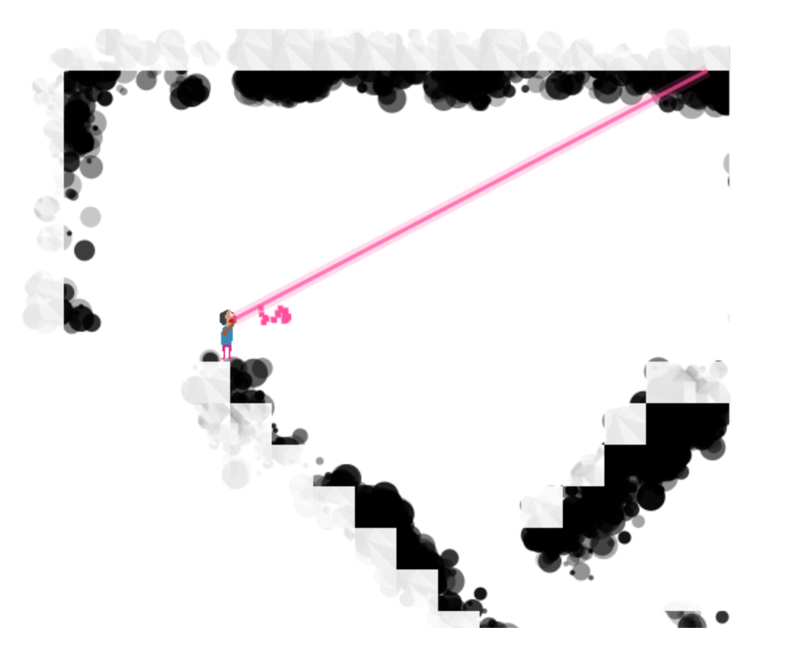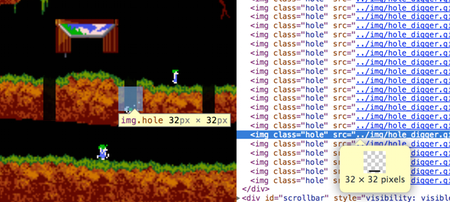End result: Hit save in Pixelmator, web page automatically reloads with new PNGs.
Tools: Pixelmator (image editor), Grunt + LiveReload (task runner), Automator (Mac automation thingo), Bash (Bash).
I'm generally not a fan of automating tasks, unless the task is consistent over multiple projects and over long periods of time. Automating things is fun - so you quickly lose track of how much time you reeeaaallly spend on it and, more importantly, automation tends to be subject to "digital decay" - project structure changes, build tools update dependency versions (or disappear entirely), things require maintenance. Finally, the build tools and scripts become part of your code base: which is a cause of incidental complexity. Anyone touching your project needs to not only understand your code, but also all the extra cruft around it to "save time".
Read on for more »

